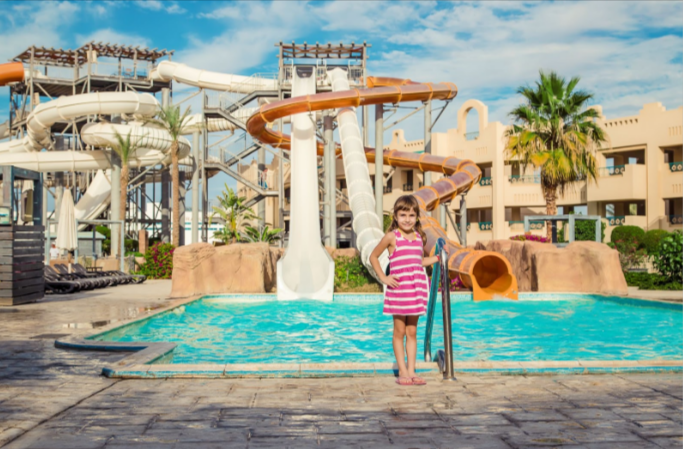A splash pad can be a centerpiece of joy for children and families, offering a refreshing escape during hot summer days. Whether you’re a community planner, park designer, or a business owner looking to create a vibrant splash pad, success lies in meticulous planning and execution. In this guide, we’ll explore the crucial steps to ensure your splash pad project is not just a water feature but a resounding success that delights all who visit.
1. Define Your Vision:
The first step in creating a successful splash pad is to define your vision. What do you want the splash pad to represent? What themes and features align with the surrounding environment or the preferences of your target audience? Clearly outlining your vision sets the tone for the entire project and guides subsequent decisions, from selecting splash pad suppliers to choosing the right equipment.
2. Research Reputable Splash Pad Suppliers:
The success of your splash pad project hinges on the quality of the equipment you choose. Research and identify reputable splash pad suppliers who have a proven track record of delivering durable, safe, and innovative water play equipment. Look for suppliers that offer a wide range of options to cater to different age groups and preferences. Check reviews and testimonials to ensure customer satisfaction with their products and services.
3. Collaborate with Splash Park Equipment Suppliers:
Engage in collaborative discussions with splash park equipment suppliers. These professionals can provide valuable insights into the latest trends, safety standards, and innovations in splash pad construction. Work closely with them to fine-tune your vision, ensuring that the chosen equipment aligns seamlessly with your goals and the overall design of the splash pad.
4. Consider Safety Regulations:
Safety should always be a top priority when designing and constructing a splash pad. Familiarize yourself with local and national safety regulations governing water play areas. Ensure that the selected splash pad contractors and suppliers adhere to these regulations, providing equipment that meets or exceeds safety standards. Regular inspections and maintenance are also crucial to uphold safety over time.
5. Choose Appropriate Splash Pad Contractors:
Selecting the right splash pad contractors is a pivotal step in turning your vision into reality. Look for experienced contractors with a strong portfolio of successful splash pad projects. Verify their credentials, licenses, and certifications to ensure they meet industry standards. A reliable contractor will not only oversee the construction but also provide valuable input during the planning stages.
6. Site Assessment and Planning:
Conduct a thorough site assessment to determine the most suitable location for your splash pad. Consider factors such as accessibility, proximity to amenities, and the availability of utilities. Work with architects, landscapers, and splash pad construction experts to create a comprehensive plan that optimizes the use of space and enhances the overall aesthetic appeal of the area.
7. Customization for Audience Engagement:
One size doesn’t fit all when it comes to splash pads. Consider the preferences and needs of your target audience when customizing the design. Create zones catering to different age groups, incorporating age-appropriate water features and play elements. A well-designed and customized splash pad ensures a broad appeal, making it a favorite destination for families with children of varying ages.
8. Water Conservation Measures:
Incorporate water conservation measures into the design of your splash pad. Choose water-efficient equipment, install sensors to regulate water flow, and consider implementing a recirculation system to minimize water wastage. Not only does this demonstrate environmental responsibility, but it also helps in managing operational costs over time.
9. Engage the Community:
Involve the community in the planning process. Gather input from residents, parents, and potential users to ensure that the splash pad reflects the desires and expectations of the community. Engaging the community fosters a sense of ownership, and the resulting splash pad becomes a communal space cherished by all.
10. Marketing and Grand Opening:
Even the most well-designed splash pad needs effective marketing to attract visitors. Develop a marketing strategy that highlights the unique features of your splash pad and its benefits to the community. Consider hosting a grand opening event to generate excitement and draw attention to the new recreational space. Social media, local press, and community partnerships can all contribute to a successful marketing campaign.
In conclusion, creating a successful splash pad involves a combination of careful planning, collaboration with experts, adherence to safety regulations, and community engagement. By defining your vision, working with reputable splash pad suppliers, selecting experienced splash pad contractors, and prioritizing safety and customization, you can ensure that your splash pad not only meets but exceeds expectations. With the right approach, your splash pad can become a beloved destination, providing endless fun and enjoyment for generations to come.






